Table of Contents
People go to great lengths in order to reduce the weight of their bikes and gear, but is it justified?
It is my experience that bicycle travellers tend to split into two different camps: there are people who are perfectly happy carrying everything they need to be comfortable/independent on the road (your typical bicycle tourer), and there are people who cut every corner they can, spending top dollar to shave a few kilos off their total setup (bikepackers, ultralight tourers).
Given these polarising views, that makes weight a central focus for any discussion with bikes, components and gear. I see it at bike meets and on forums all the time – I get sucked into it myself.
It isn’t always just about hauling the extra weight around, I get it. People reduce their overall packing weight in the pursuit of minimalism, to improve bike handling, in order to use a bike that isn’t designed for touring (a road bike for example), to make flying cheaper, to make carrying your bags up stairs (and into hotels, onto trains) easier, and to reduce the stresses on your wheels and frame.
But despite this, I believe that the emphasis on weight has gone way too far.
When you spend that $200 to shave 1kg off your setup it seems like you’re saving a lot, right? But consider this: 1000g makes up less than 1.0% of your total weight (75kg rider, 25-60kg bike+gear+food+water).
Sure, you can save 1kg here and there, and you might end up with 5-10kg off your total weight – but how does that affect your speed?
I have travelled with touring bikes, tandems, folding bikes, road bikes and mountain bikes. I have used panniers, trailers and bikepacking bags. I have cut every corner and I’ve brought everything including a kitchen sink. My criteria for choosing gear for a bike trip these days is more simple than weight alone: will I use it regularly? If the answer is no, I leave it behind.
Finding Out How Much Bike and Gear Weight Slows You Down

Here’s what I want to know: the time difference between 5kg, 6kg, 15kg, 25kg and 35kg of additional weight on a typical day of touring. Once I have an idea about the time savings involved with the reduced weight, I can try to justify whether the additional costs and sacrifices to my comfort are worth it.
In this resource, I will be using maths to calculate time differences. For the next part of this resource series, I will conduct my own experiment on a hilly cycling route to see if the maths adds up.
How Does The Mathematics Work?
I am using BikeCalculator.com to find out the speed differences between my different bike setups, all else being equal. You can easily do this yourself by heading over to the website and inputting your numbers.
For the comparison, you can assume the same:
Touring bike (capable of actually carrying 35kg)
Rider position
Power output (200w)
Weather conditions
Road surface
Wind speed
Number of panniers
Tyre pressure (adjusted to have the same rolling resistance)
Weight loss over the duration of the ride
Setup1: Ultralight / BikePacking
Rider: 78kg – Bike: 15kg – Gear: 5kg
Total: 98kg
Setup2: Ultralight with 1kg Extra Gear for Comparison
Rider: 78kg – Bike: 15kg – Gear: 6kg
Total: 99kg
Setup3: Lightweight, Relatively Self-Sufficient, Services
Rider: 78kg – Bike: 15kg – Gear: 15kg
Total: 108kg
Setup4: Multi-Month, All-Seasons, Some Services
Rider: 78kg – Bike: 15kg – Gear: 25kg
Total: 118kg
Setup5: Round the World, All-Seasons, Limited Services
Rider: 78kg – Bike: 15kg – Gear: 35kg
Total: 128kg
Less Gear = Lighter and More Aerodynamic Too
If you are carrying less, your bike can undoubtedly weigh less. Bikepacking bags also reduce the frontal area of a bike compared to a pannier, resulting in wind resistance savings too. Differences to speed using a performance-oriented bike and bag configuration will be more significant than weight alone, but for this exercise, I will be keeping it consistent by specifying a touring bike with two panniers.
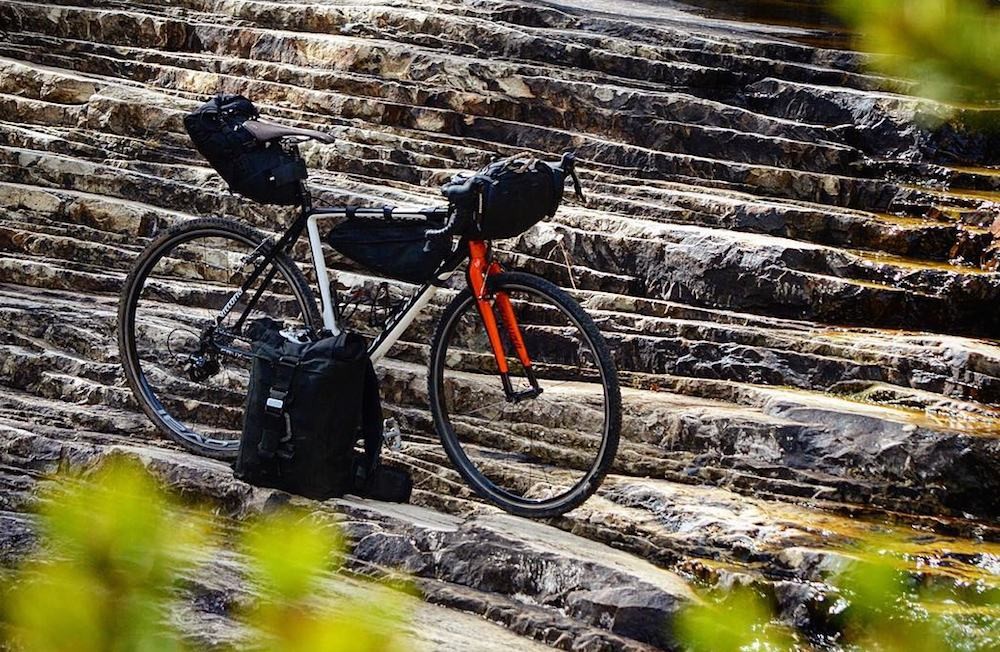
The Results
I realise that the maths here is hugely simplistic, but consider it an exercise to put weight into perspective.
A 100km Flat Ride with Zero Metres Climbing
5kg Load: 192.04 mins @ 31.24km/h
6kg Load: 192.21 mins @ 31.22km/h +10 secs (0.1% slower)
15kg Load: 193.73 mins @ 30.97km/h +1 mins 30 secs (0.9% slower)
25kg Load: 195.45 mins @ 30.70km/h +3 mins (1.7% slower)
35kg Load: 197.20 mins @ 30.43km/h +5 mins (2.6% slower)
My take: Carrying extra weight on a flat ride has a minimal effect on time assuming you don’t have to stop and start regularly. One kilogram adds just seconds to the ride, and even if you’re carrying 30kg extra, it’s just 5 minutes extra to your day.
A 100km Undulating Ride with 1000 Metres Climbing
10km up, 10km down x5 @ 2% Gradient
5kg Load: 212.00 mins @ 28.30km/h
6kg Load: 212.55 mins @ 28.23km/h +30 secs (0.2% slower)
15kg Load: 218.00 mins @ 27.52km/h +6 mins (2.8% slower)
25kg Load: 224.40 mins @ 26.74km/h +12 mins (5.5% slower)
35kg Load: 231.20 mins @ 25.95km/h +19 mins (8.3% slower)
My take: The effects are getting greater when you add a bit of elevation to the mix. That $200 that you spent to save 1kg off your gear is now saving you 30 seconds of ride time, which is still insignificant. For every 10kg that you add, that amounts to extra 6 minutes on your ride. Even with enough gear capable of all-seasons and a round-the-world trip – the time penalty is only 19 minutes over a four-hour ride (I really thought it would be more).
A 100km Mountainous Ride with 2000 Metres Climbing
10km up, 10km down x5 @ 4% Gradient
5kg Load: 263.85 mins @ 22.74km/h
6kg Load: 265.35 mins @ 22.61km/h +1 min 30 secs (0.6% slower)
15kg Load: 279.00 mins @ 21.51km/h +15 mins (5.7% slower)
25kg Load: 294.75 mins @ 20.36km/h +31 mins (10.5% slower)
35kg Load: 311.00 mins @ 19.29km/h +47 mins (15.2% slower)
My take: 2000m climbing on a 100km ride is a big day in the saddle, and is something I very rarely do. But it will happen in the more mountainous parts of the world. That $200 that you spent to save 1kg off your gear is now giving you 1.5 minutes extra rest at the end of the day. As your load goes up, you’re adding about 15 minutes per 10kg of extra gear. Again, that’s not as significant as I would’ve thought.
What If You Weigh Less or Put Out Less Power?
The weight of your bike and gear is MORE important the less you weigh, or the less power you can sustain.
When you weigh less, the bike and gear numbers become a bigger proportion of your total weight.
So Is Weight As Significant As We Think?
A little bit of extra weight isn’t that significant in terms of time.
For me, carrying 10kg extra (adding between 1 and 15 minutes to my day over 100km) so that I can have a nice cooking setup, a solid tent, a few spares, a laptop and some nice camera gear is completely justified, as long as I know I’ll be regularly using them. Heck, you’d be crazy not to bring something that makes you comfortable (a full-sized camping mat, a pillow, a coffee maker) if it only weighs a few hundred grams and adds just a minute to your daily ride.
The flatter your tour route, the less weight matters.
This seems obvious, but if your ride is completely flat, you can go pretty nuts with what you bring because it only adds a handful of minutes to your day.
The more distance you’re looking to travel per day, the more weight matters.
If you’re wanting to cover twice the distances above, the time penalty for the additional weight will double over the course of a day. That can make bike and gear weight account for an hour of your time – every day. Conversely, if you’re covering half the above distances above, then these time differences will be less significant over the course of a day.
The Experiment
You may not be convinced by the numbers above. That’s fine.
In the next part of the series, I will be taking my Surly Long Haul Trucker with two panniers on a 15km cycling route which offers lots of climbing, some flat, plus a section with undulating hills.
I will conduct six runs in one day, the first with a 5kg load, the second with a 15kg load and the third with a 25kg load. I will then do all three loads again to get an average time. These are pretty typical amounts of gear that people carry on their bike trips.
I will be measuring my power using a Stages crank-based power meter and I will push my pedals at constant power (200w) for all six test runs. This is a power that I know I can push all day long.
I will attempt to pick a day with no variation to the weather, I will maintain the same bicycle position (hoods) and I will carry the same amount of water for each run. I am really looking forward to seeing what the results are!
Part Two Is Now Complete. Click HERE To See If My Results Stacked Up…



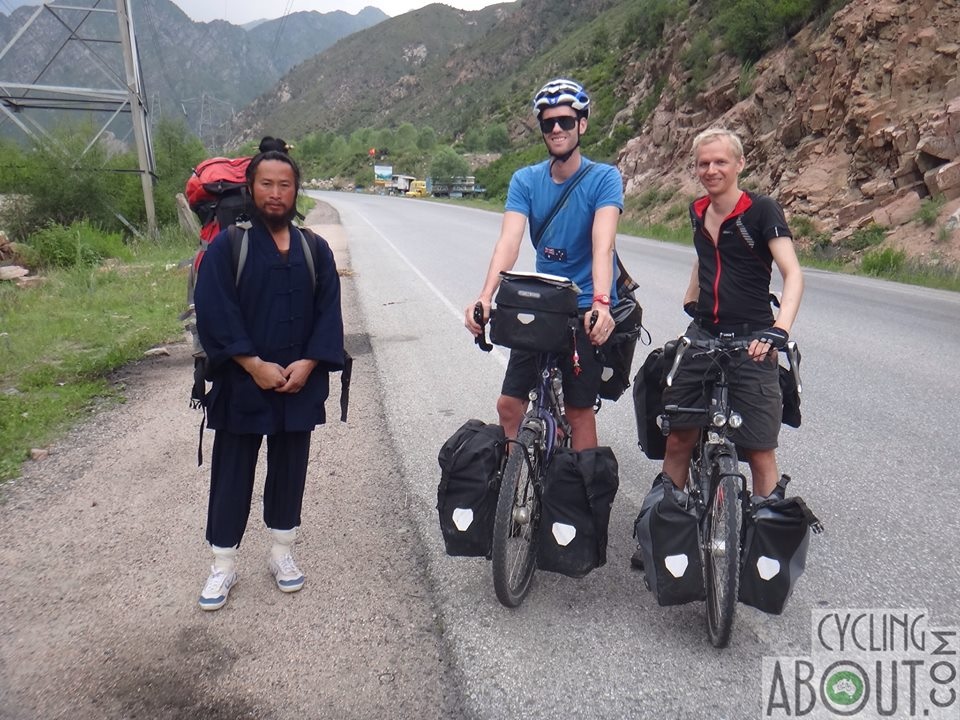
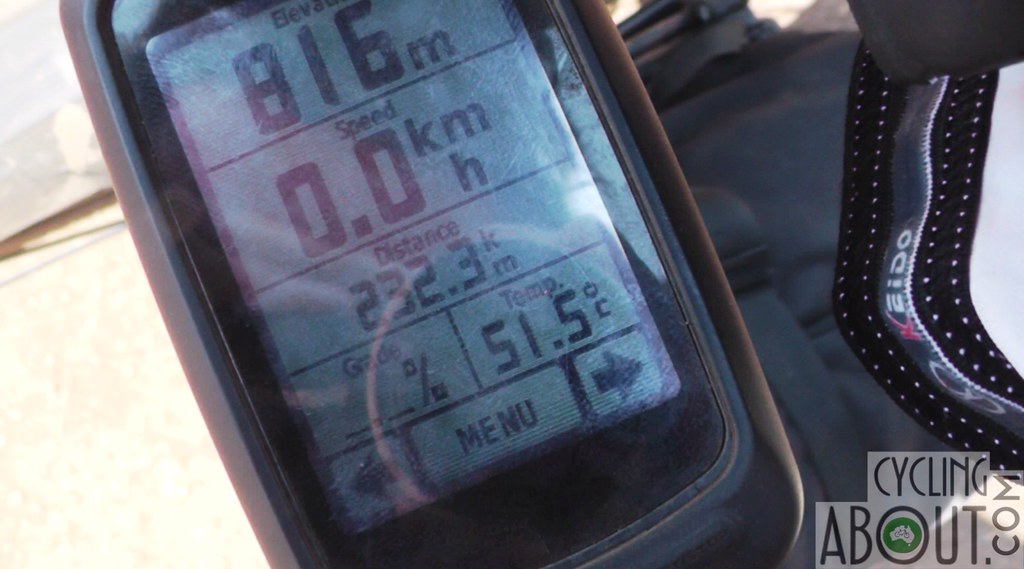

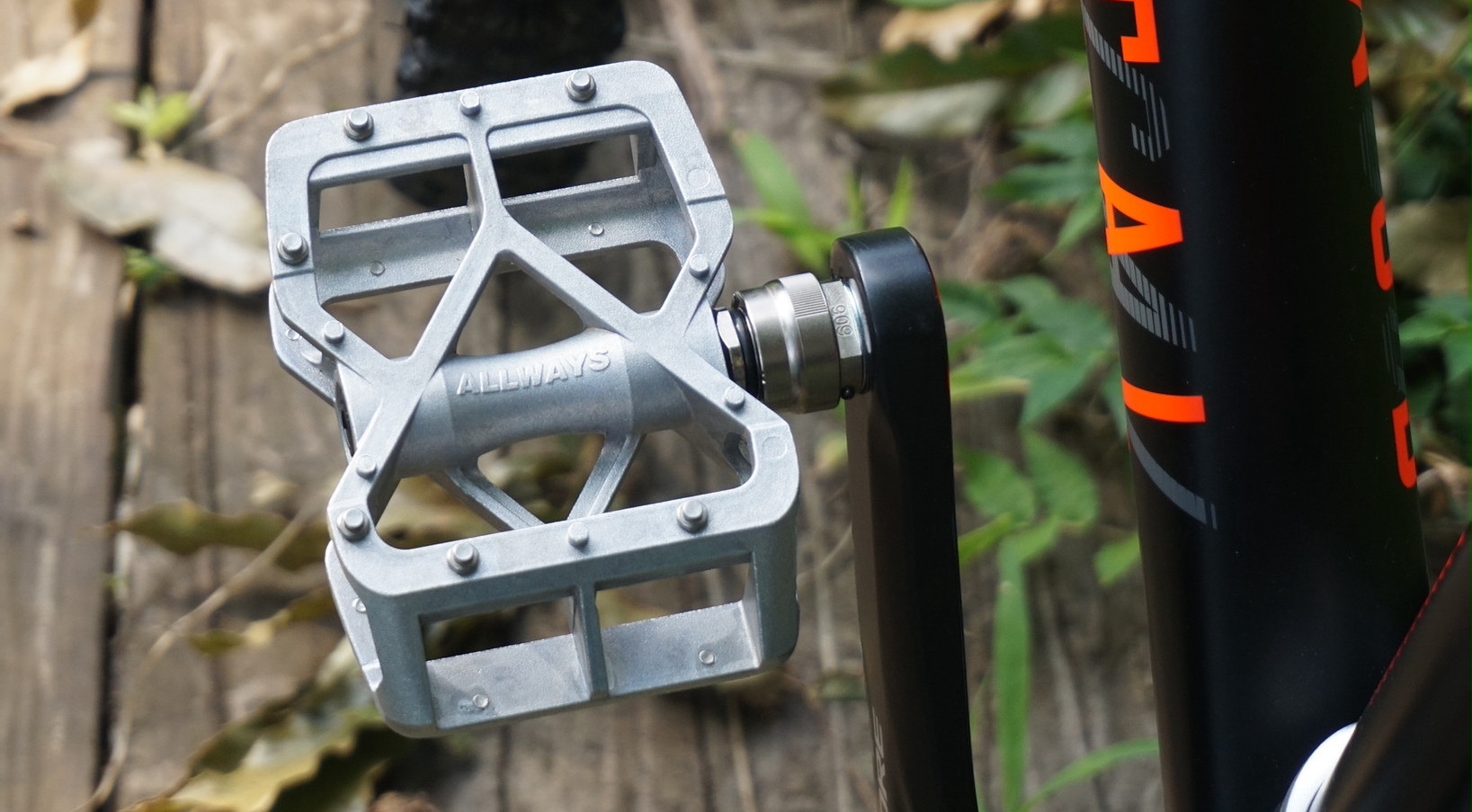
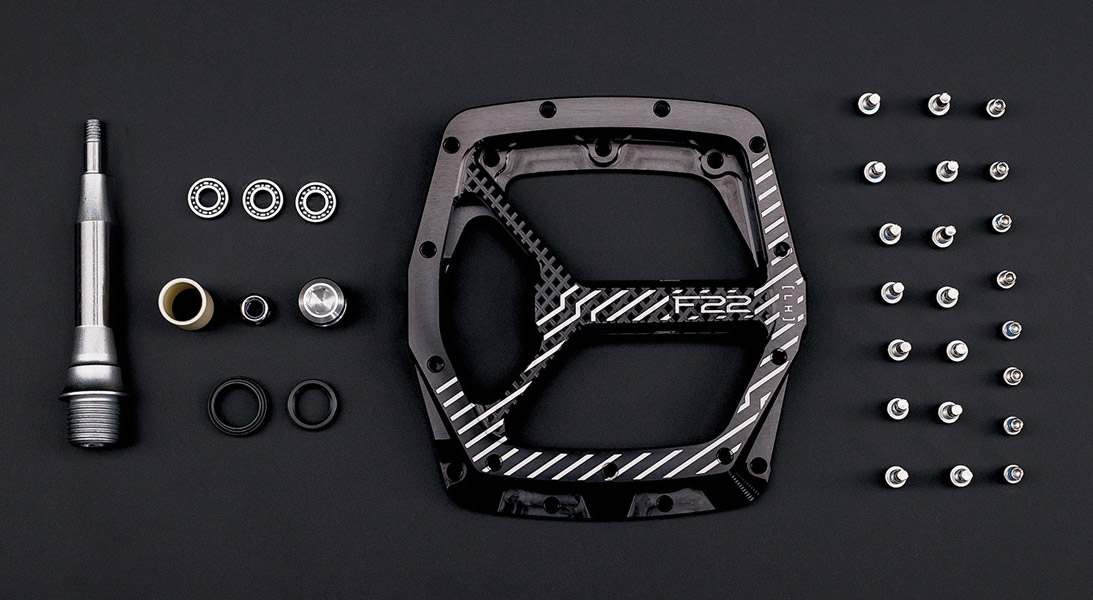
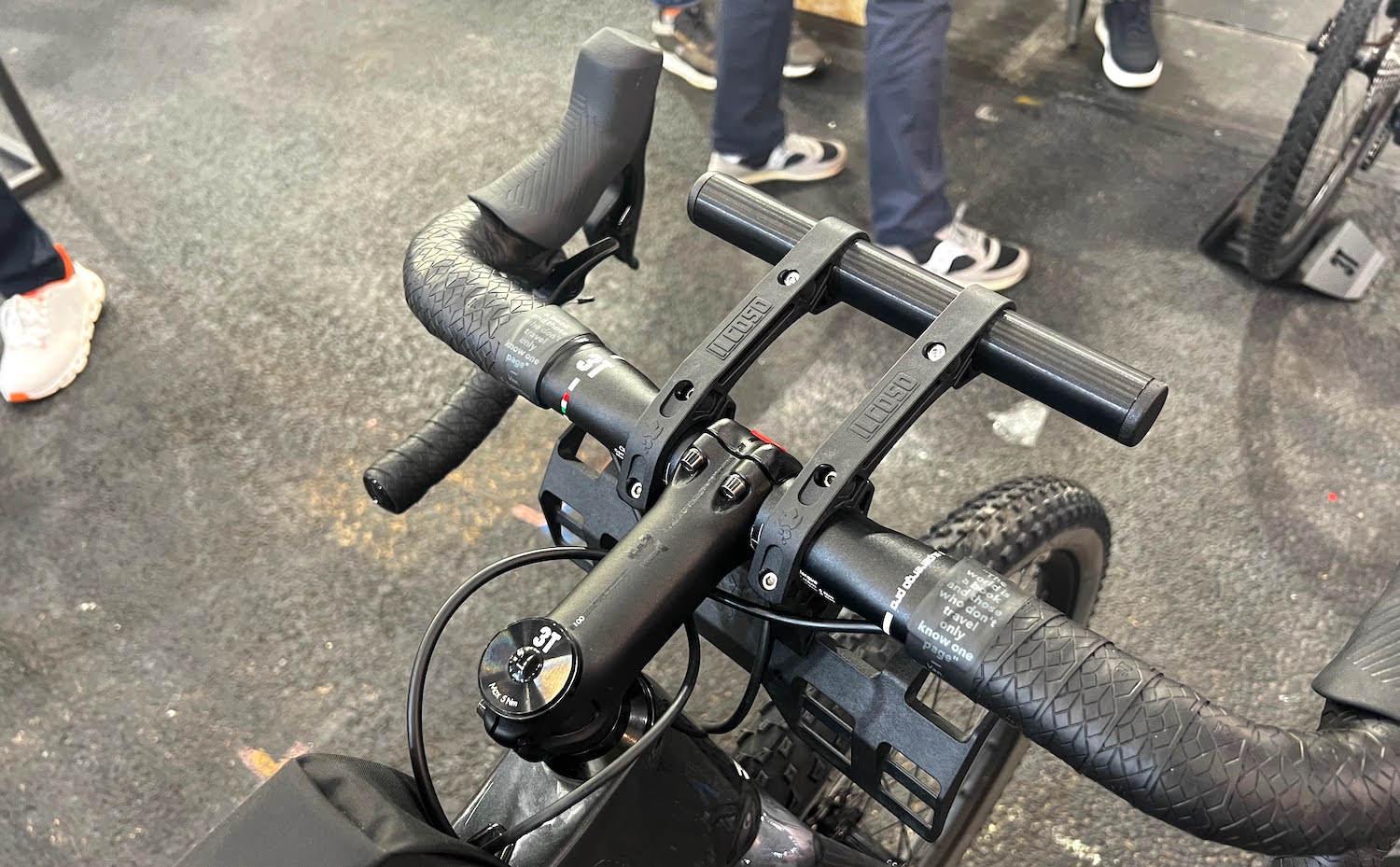

I’m with you in the kitchen sink camp, but another factor to consider (maybe) is wear on wheels, tyres, brakes and drive train from extra weight – particularly on longer journeys.
Add some body wear too.
Very interesting article Alee. The added time isn’t as significant as I thought it would be. Next year we’ll be doing some bike packing trips, we’ll see how that feels.
One more question: what’s your opinion on this? Does lighter weight also make you less tired at the end of the day? I felt I had more energy left at the end of the day with less weight.
The first place for most riders my age (60+) to shed the kilos is is on themselves. That is part of my preparation for a North American cross country from Los Angeles to Chicago via Bike Route 66 to New York. Drop 15 – 20 kilos off me.
I am a retired physicist, and to me there is a simple physics 101 component to the effect of weight on a bicycle. Bearing friction and rolling friction will scale linearly with weight. On hills the effort required is also linearly proportional to the total weight. Without friction on a flat surface it would take no effort to ride, but we unfortunately have friction. The other source of friction is the air resistance (due to friction between the air and the moving cyclist and gear) which will not depend on weight, but on the shape and size of the objects on the bike: rider, panniers, wheels, etc.. I think air resistance is about equal to rolling resistance at 20kmh. So my expectation is at 20kmh a 30% increase in weight of bike+rider+luggage will slow the rider 15%.
What will happen in addition is, when adding weight to the bike, it will feel very much more “solid”. This is because when we ride, especially on hills, we rock the bike from side to side. This is to get maximum efficiency from our effort… We are using our muscles to their maximum effectiveness. But the effort to rock the bike will increase with the weight of the bike and gear (the rider stays approximately still left-right during this action so her weight does not come into play). The use of this rocking motion is why racers pay big bucks to reduce the weight of their bikes by milligrams. For the touring cyclist the loss of the ability to rock the bike especially on hills will cause an additional slowing, which will make the percentage slowing with weight slightly larger than the above estimate.
I am a touring cyclist with 50,000 km riden since 2008. I have done Bangkok to Paris. I ride with about 17kg of luggage before food and water. I have never broken a spoke, and only suffered minor breakdowns. The same cannot be said of those with 35kg loads. This is a major reason for limiting the load. The other reason is a lighter bike is more responsive and thus easier to steer around potholes, and more fun to ride…. And isn’t fun why we ride???
OK, now I want the numbers for steel bike, rohloff gearing and a SON28 dynamo, 5’8″, 200 pounds and 63 years. How long from Manali to Leh?
As you eluded to in your article, the math is too simplistic and doesn’t necessarily reflect reality. One thing that isn’t accounted for is the extra strain on the joints and muscles from the extra weight. The guy with 35kgs will probably take more frequent rest stops over the course of the day’s ride and may even spend more days off the bike over the course of the tour in order to recover. I would suggest that in reality the guy with only 5kgs would finish his tour days or even weeks ahead of the guy with 35kgs strictly based on the extra rest required by the rider with the heavier load.
35KG is a lot. I carry a two liter box of wine and canned food – I don’t hit that. I can now officially stop worrying about weight. Thanks. That all being said, being a larger rider, I find the weight is more a calorie and O2 issue rather than speed. Power output degrades as a function Kcal spent.
Great stuff Alee. As a mechanical engineer, I’m quite comfortable with the calculated results because they would be based on The Laws of Physics ….. and the point here is the relative, not absolute power differences. Without knowing the detail of the calculations, I’d say it’s highly unlikely that substantive extra rider effort has somehow been missed by the calculations (except in the bizarre world of marketing). So I’m looking forward to some evidence-based power-meter numbers, which of course will not be used in an exhaustive scientific study or be the final word but none-the-less will be very substantive. Far more substantive than most everything else that is written in the Cycling Media. It’s clear we are reluctant to accept how inaccurate our impressions are about effort vs bike weight. The marketing people have a firm grip, based on …… well nothing much at all. Show me the data.
Your results mimic ones I saw in an edition of “Rails-to-Trails” some years ago. Take-home message: don’t let weight /speed enter your mindset for touring. If you can strip down away from panniers to the modern-day saddle bags (Revelate Designs, Apidura), then you can view touring quite differently, mostly in terms of what bike you may prefer to ride. I find it hard to decide between my Surly Pacer with 10-15kg panniers (Crosso) and carbon racer Apidura 5-10kg from short trips to longer tours. I’ll never be a 20kg+ front panniers/handlebar bag person, because I’m a minimalist (in life in general) and don’t like how the bike rides with front weight.
“Interestingly, this criteria can see me carrying more on an overnight trip than I do on a three-month tour of Asia”
Good article, but this was just silly :p
Interesting piece. I know you have deliberately isolated factors affecting speed alone, but here are three thoughts that an advocate of the Devil might put forward:
1. The slower you go, the less ground you’ll cover, but the greater depth you’ll experience it in… and isn’t that the point?
2. The harder your bike is to pedal, the fitter you’ll become by doing so, surely?
3. Daily distance being a function of time as well as speed, aren’t hours in the saddle equally important?
I guess what I’m saying is… does speed really matter?
Thank you, Tom, for this breath of fresh air!
Thanks for the input, Tom. Speed matters to some (well, this page has had more reads in the first 24hrs than anything else I’ve written) – and less to others. I’d like to write about the things you’re questioning in another piece!
It’s true! In Australia, I often like to camp in comfort with a few friends. You know, sitting around talking over long and elaborate breakfasts and dinners. In Asia, I rarely travel with more than 5kg given the availability of food and hotels.
It’s coming, Ewen! I’m looking forward to the results…
Sheesh, I’m not the Rain Man! 😉
Good luck with shedding the weight, Timothy. Your power-to-weight will improve day by day!
It really depends on how hard you work. Some people are used to travelling at a certain speed, so they will naturally work harder with a heavier load. But apart from the additional ride time with more weight, there aren’t too many other reasons to be more tired if you were to push the pedals at the same power rate.
Of course, weight affect far more than speed. 🙂
Glass 1/2 full Tom. I’ll top you up to 3/4: I found after riding a loaded/weighty bike for so long (3-months, NZ, 3-months USA) it became so comfortable, that when you have the opportunity to ride unladen, you end up wanting your load back! This was a revelation to me.
Your points come down to perception of time and effort. No one wants to overwork, stay too long in the saddle (I always find 6hrs my cut-off), or not cover enough distance. For physical and psychological reasons.
Oh, Ok. I was thinking more that you were some sort of raving cycle party animal for one night only. I haven’t cycled Asia, so that’s worthy of note. I wonder how Warm Showers goes down there as well. Cheers.
As long as you have appropriate gearing, the heavier bike will not put extra strain on the body over a given time period – the bike will simply move at a slower speed. That results in rest stops at the same time intervals, but not the same distance intervals (because you’re moving slower).
When we factor in the additional time required to complete a day (assuming that both riders want to do the same distance), that is where the fatigue will come into play. How that extra 1-2 minutes per extra kilogram will affect a rider will depend entirely on the rider’s fitness.
Thanks for your input, Christopher! So many things to mull over in there for the next resource…
35kg is an extreme example, but hey, I’ve seen people on the road with far more than that!
Note my estimate is heavily dependent on the statement: “I think air resistance is about equal to rolling resistance at 20kmh”.
I am looking forward to seeing how my estimates compare with those you got from BikeCalculator.com. My guess is the people that produced the sites calculator spent more time thinking about it than me, so will probably be more on the mark. But I could not resist putting an estimate on the record.
Hey guys, I was wondering about your camera equipment. I really like your videos and they look very professionally-made so I was wondering whether you carry some big, heavy camera. Do you?
It depends on the video. For my big trip with Kat ending in 2014, I used a Panasonic V700 camera and edited the clips on an iPad. Anything after that I’ve used a much larger camera and edit clips on my laptop. It’s a Panasonic GH4 camera with 14-140mm lens.
This is all very good but why is this all in metric? Anyway I weigh 209 pounds,my bicycle weighs 34 and I carry 70 pounds of kit and sometimes more.None of this is for around the world cycling just touring in the UK.
It’s metric because I use the metric system. 😉
Well not everyone does so maybe you could include both metric and Imperial.
I’d rather not double the quantity of numbers visible in this resource. Instead, I can recommend that imperial users pull out their calculators!
Alee, you mentioned trailers in the intro to your first part, but no more on that subject. I am considering using a trailer (Bob Yak) instead of panniers. Traveling with a friend who is a stronger rider, this should even out the work, and also allows the trailer puller to draft. Do you have info on trailer vs panniers?
I’ve not yet written about trailers on CyclingAbout, as I haven’t pulled one in over 10 years. But I may be able to help you soon – I’m just about to do some aerodynamic testing which will compare using panniers vs a trailer. The resource should be available in the next month or two. 🙂
And if like me you’re carrying an extra couple of kilos around the waist, that could be the best place to start lightening the load.
I once saw an Olympic cyclist win the sprint at a local practice race. The local riders razzed him about the advantages of his sponsor-provided equipment and “new tires for every race.” The next week he showed-up on a department store bike with a stove-pipe frame, one-piece steel crank, steel rims, and all. He lapped the field. Point made, it ain’t the bike.
It’s mostly about the engine!
It may be about the rider, BUT…. you can’t compare a trained world class athlete with some fat schlub on his bike, like me. I believe there is a new class of rider emerging from the biking world. The eBike Touring set that takes everything they can to be comfortable on the road, not just the kitchen sink, yes, I have one also, but the Solar Oven and portable pressurized shower too. Multiple sleeping methods like, hammock, bevy, and full four season, four person tent to set for a base camp even if you ride alone. When you start talking 150 to 200 lbs. of gear, not including the bike, distances get shorter, speeds get slower, and hills start to have evil maniacal laugh. Turn up the music, down shift, increase power and fight to the top of the hill, where there will inevitably be someone to tell you that you’re cheating.
Question, What is the Caloric (energy) input to keep those 200 watts affected by weight? I think this is a huge reason to go lighter given how it will affect your diet, cooking/eating times, food carried. At the end efficiency.
Cycling at 200w with any weight would result in the same caloric expenditure. Therefore, it would be the difference in ride duration that matters.
The difference in terms of time between shortest and longest duration (5kg vs 25kg) on this test (100km in the hills) is about 18-27 minutes. Depending on your weight, that’s probably 200-300 extra calories… or 50-75 grams of dried pasta. Not a lot of extra food really.
Are these calculations assuming a perfectly flat road? Every bump that is hit slows the rider and bike down then that same weight has to be accelerated again. Also extra weight will increase the tyres deflection making a larger contact patch so more rolling resistance. If the tyre pressure is increase to compensate for the weight then each bump that is hit will slow the bike and rider down more (like lifting the bike over each small bump rather than the tyre deflecting and the bike continuing straight) than it would have with softer tyres. Am i missing something? or does hat make sense?
What you’re saying is true, however, the effects on your cycling speed are probably just less than you’d perceive. This is assuming a smooth surface where resistance is constant. I tried really hard to get some data while on a flat, smooth road, but the speed difference was so minimal between loads (5, 15, 25kg) that I couldn’t find anything statistically significant.
Great article. Thinking in terms of when does weight matter more/less is a better approach to the discussion than making impossible conclusions about how much time you could theoretically save/lose or arguing about principal or preference. Thanks!
Agreed with Ty it is really a great article.Thank you!
So if someone is thinking about maximising efficincy of their bike then would the order of easiest/ cheapest gains go 1 – Reducing rolling resistance, 2 – Better aerodynamics and 3- Reducing weight least. It would be interesting to me to know how much a horribly pot holed road made in regards to weight too though as most of my riding is done on that type of surface.